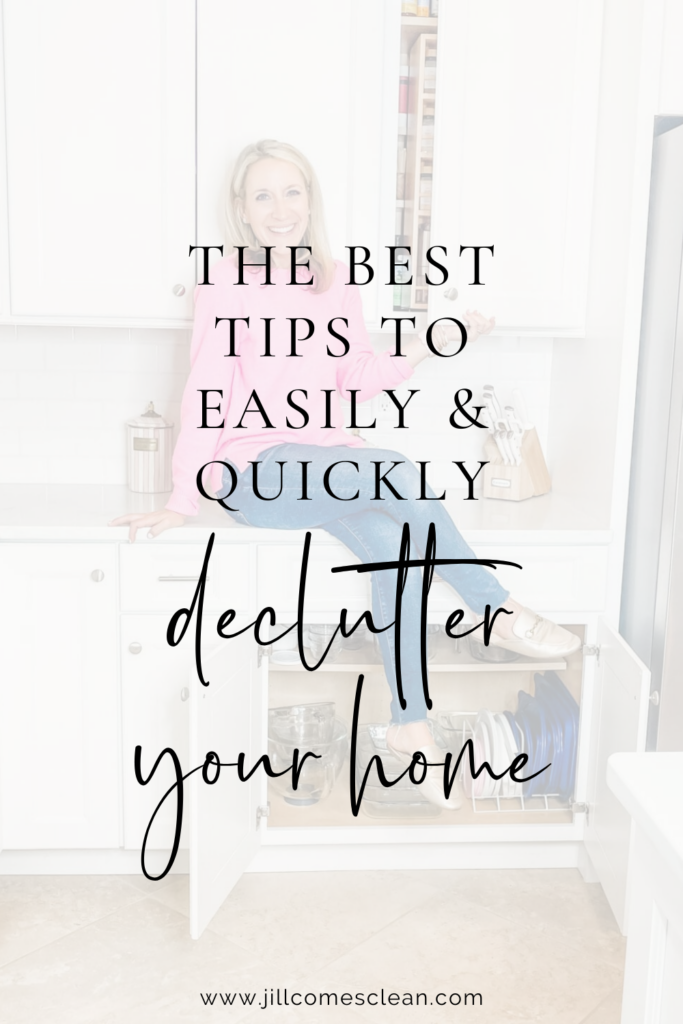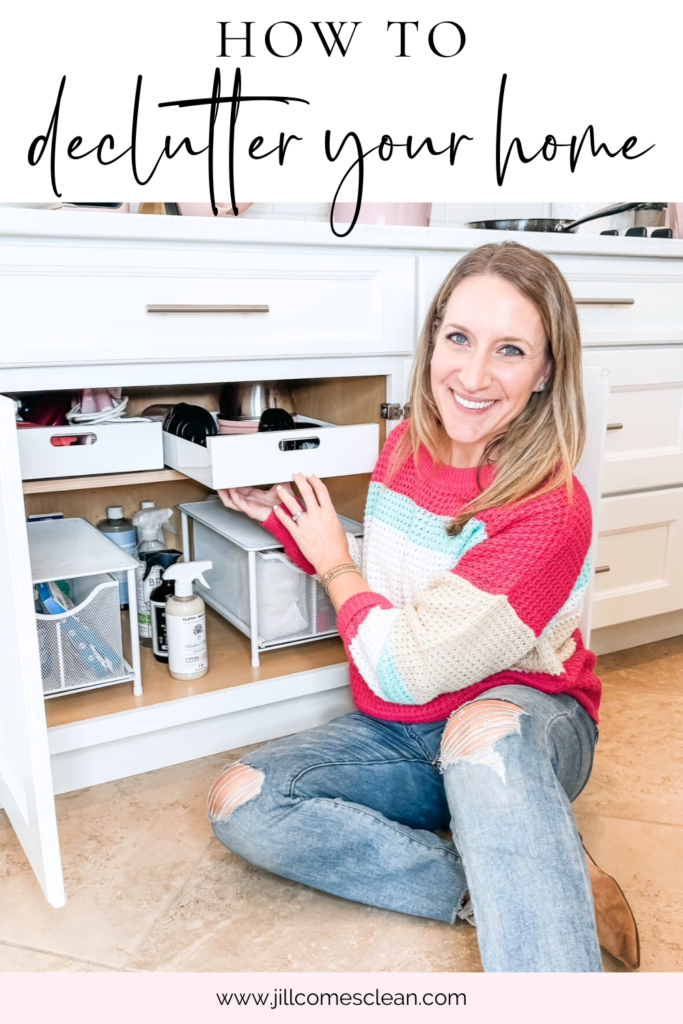This post may contain affiliate links, which means I receive a commission if you choose to purchase through links I provide (at no extra cost to you) and as an Amazon Associate I earn from qualifying purchases. Shopping through these links is one small way of supporting my blog, so thank you!
Decluttering doesn’t have to feel like a monumental task! Whether you’re an organizing enthusiast or someone who dreads tidying up, one truth remains: the first step to a more organized home is decluttering. After all, there’s no sense in organizing things you don’t really need, right? While some areas of your home might be a breeze to sort through, others can trap us into keeping items we don’t actually use or love. That’s where today’s tips come in! I’m sharing 10 of my favorite strategies and mantras to make decluttering faster, easier, and—dare I say it—more fun. These tips are especially helpful when you’re on the fence about whether to keep or toss something, giving you the confidence to let go of what no longer serves you.
Need a little extra help? I’ve got you covered with a free decluttering checklist! It’s a handy guide to follow along as you work through your spaces, complete with bonus tips for organizing and maintaining your progress. Grab your free printable using this link, and let’s dive into the best tips to transform your home into a clutter-free, stress-free sanctuary!
The 10 Best Tips to Easily and Quickly Declutter Your Home
1. The 3-Second Rule
Here’s how the 3-Second Rule works: When you open a closet, a drawer, or your wardrobe—whatever you want to declutter—look at everything and make quick decisions. Scan the area and decide immediately. I think you’ll notice that your eyes will fall on something that you think, “No,” but then you might start thinking about it a little too much. And that’s a trap we fall into. And that’s how we convince ourselves to keep it, even though our gut was probably right in saying we could let it go. So, make those decisions quickly. Of course, this doesn’t work for everything, but it’s very effective with everyday items.
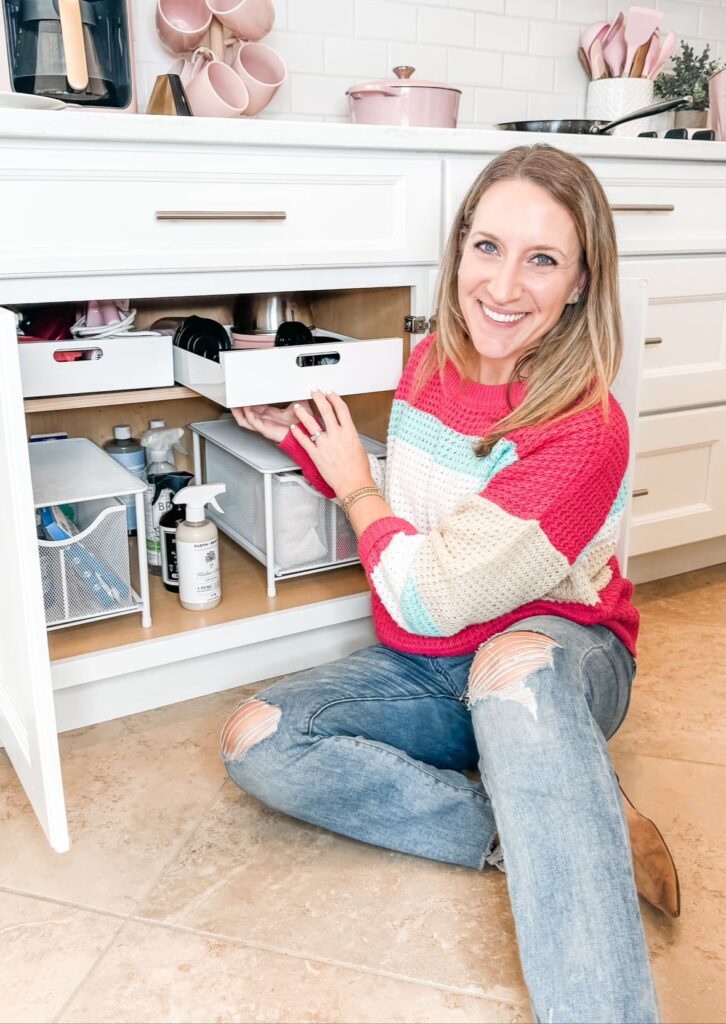
2. Under $20 in 20 Minutes
I didn’t come up with this; this is the minimalist rule from 2020. It states that when you come across an item, you should ask yourself whether you could replace it for $20 or less within 20 minutes. An example of this is when you have to take medication. That happened to me recently too. I went through our medicine cabinet and found Alka-Seltzer that we never use. Honestly, I probably have it on hand when I have a cleaning situation, but otherwise, we don’t use it. So I thought, should I keep it, should I throw it away, and then I told myself that if I ever needed it, I could probably get rid of it. If I do need it, I can replace it for under $20 and just run to the grocery store quickly. So in less than 20 minutes, I can throw it away, and in the unlikely event that I do need it, it’s easy to replace.
So, I’m repeating myself: this doesn’t work for everything. But for some of these inexpensive items or perhaps things you have duplicates of, it can work well. This worked for me as well when I had a lot of mason jars. I reduced them to just a few because if something comes up and I need a bunch of mason jars, I can easily replace them for under $20 in less than 20 minutes. So this rule works in more areas than you might think. It doesn’t work for everything, but it is definitely practical.
3. The 90-Day Rule
The 90-Day Rule is another idea from minimalists. With this rule, you ask yourself, “Have I used this item in 90 days? Will I use it in 90 days?” If not, you might as well let it go. This rule is excellent for closets, of course. But I also found it useful in the kitchen when I was decluttering gadgets and small appliances. For example, I came across a mandoline. I hate cooking. When I cook and need something chopped, I probably just buy it already chopped, to be honest. So not only have I not used the mandoline in 90 days, but I probably haven’t used it in three years, and I can’t imagine using it anytime soon. So, I let it go.
However, I then came across a cast-iron pan that I haven’t used in 90 days. I don’t know if I’ll use it in 90 days, but it’s an indispensable kitchen item, and I still have space for it. That is the big difference. If you don’t have space for it, you might have to part with it, but I still had space for it. As I said, it’s an essential product, so I kept it. It’s different from case to case, but I find that very helpful.

4. Evaluate Item vs. Space
And this brings us to point four, which is to ask ourselves: Would we prefer the item in question or would we prefer the space? To put it another way, with the example of the baking pan: I would have the space, but if not, I would need to ask myself how much do I really think I need it? And would you rather have that open space for something you will use rather than just storing that item just in case?
This can obviously apply to closets, kitchens, toys, or similar things. And not only that, sometimes you want to have that space not just to put something else in but sometimes it’s just nice to have open space when decluttering. I think you will find that it’s nice to open closets and drawers and to have shelves that aren’t overly stuffed, just giving you some breathing room. That’s always a good feeling. So be honest with yourself: Would you prefer the item or the space?
5. Clutter is a collection of postponed decisions
Number five ties into number one, the 3-Second Rule. And we need to remember the mantra that clutter is essentially just a collection of postponed decisions. That’s why the 3-Second Rule is so useful—to make those decisions quickly. However, that’s often a trap we fall into. We know we might part with something someday, but we don’t want to decide now. So we need to be honest with ourselves: Are we keeping it because it’s really useful? Might we need it someday? Or are we just avoiding making the necessary decision now? This can be a trap we fall into with gifts or family heirlooms. So keep that in mind.
6. Be willing to donate gifts
And since we’re talking about gifts, remember number six: we typically don’t receive items with the obligation to keep them. There are always people who are hurt or upset when they find out that something they gave you has been thrown away. But, for the most part, if someone has given you a sweater or a kitchen gadget or something similar and you’re not using it, you’re not expected to keep it. Don’t feel compelled to keep something just because someone else gave it to you. For family heirlooms or other valuable items, it might be worth holding onto them, but I’m talking about more everyday items that you simply feel guilty about because you received them from a friend, your sister, your mother, your husband, or your wife. So don’t fall into that trap. If you’re really not using it, donate it to someone who will.
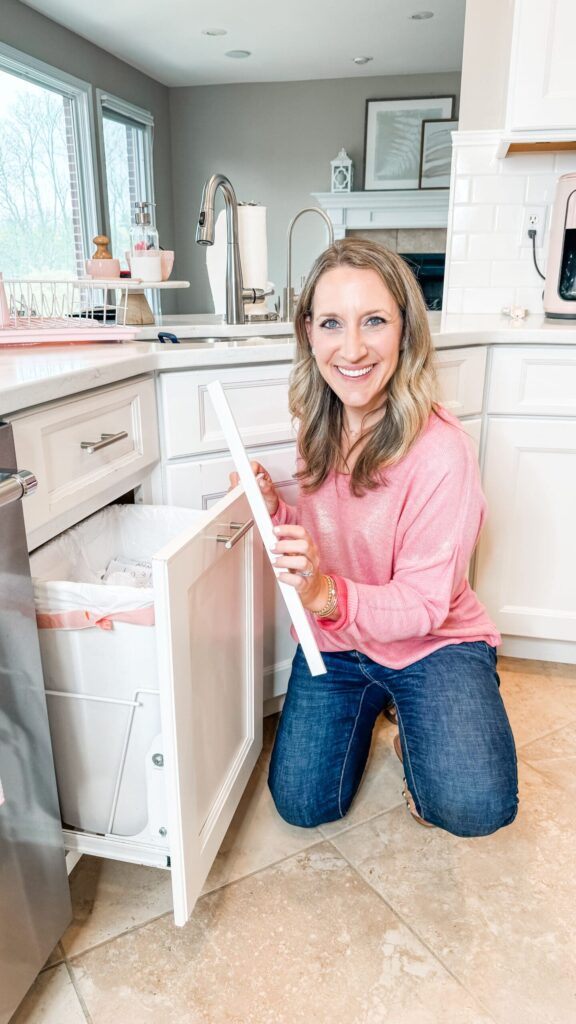
7. Be Honest with Yourself, Lose the Guilt
Point seven is a point I definitely crave. I think many people do this and I believe it’s actually a very common reason why we end up accumulating a lot of clutter. We whisper to ourselves to keep it because we paid for it. We bought it and feel bad because we purchased something, then didn’t use it, and now we’re just throwing it away. Sounds like a waste, right? But here’s the hard truth: you’ve already spent the money. The money is gone. The money has been spent, and it doesn’t make sense to hold onto something that you’re not going to use just to alleviate some guilt. Because, honestly, I think the guilt is still there. Every time you look at that item, you’re reminded: Oh yes, there’s that thing I spent money on and have never used. So, rip off the Band-Aid. Be honest with yourself. No, I’m not going to use it. Yes, it was a waste. Well, move on.
8. Adopt a “One In, One Out” Rule
Number eight might not help you so much with decluttering, but it will help you maintain your organized space and reduce clutter. And that’s the 1 in, 1 out rule. This rule works great, especially with closets. And it’s one I adopted last year. Honestly, it was very simple and made a big difference. Whenever I bought new clothes, a new sweater, a new t-shirt, jeans, or whatever, when I brought in something new, something old went out that I wasn’t wearing. Again, if you only have five t-shirts and think you need more t-shirts, then don’t get rid of the ones you wear. But the principle also applies to the clothing you really don’t wear or don’t like. 1 in, 1 out. This works throughout the house, but especially well for closets.
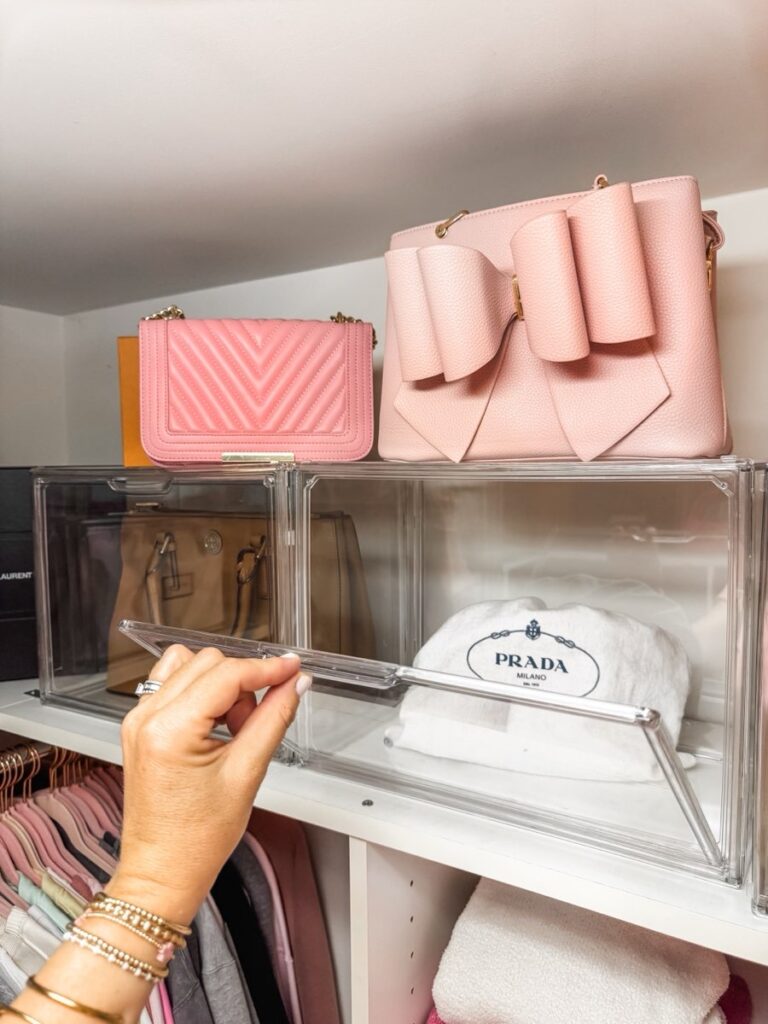
9. Ask Yourself Key Questions
And this brings us to point nine, where we simply ask ourselves a series of questions when we’re at a loss. Namely: Do you love it? Do you use it?
I don’t like to ask if you will use it, because otherwise, we convince ourselves, “Oh yes, I’ll use it someday.” So, do you love it? Do you use it? Do you feel good in it? This is really great for our closets because there are probably a lot of clothing items we hold onto, looking at them and thinking, “Yes, that wouldn’t necessarily be my first choice,” but we probably keep them because we bought them. So ask yourself, “Do I feel good wearing it?” If not, chances are, you won’t choose it over the other things in your closet that you really do like. So if you don’t feel good in it, let it go. And last but not least: would you buy it again if it were on sale today and you didn’t already have it?
10. Out of Sight is Out of Mind – If You Can See It, You Will Use It
And finally, number ten. This rule isn’t necessarily meant to help you declutter, but it’s a good mantra to keep in mind when it comes to creating order or organizing space. Out of sight is out of mind. If you can see it, you will use it. If not, then you won’t. You may have also heard that vertical is visible and horizontal is invisible. This applies to cabinets, shelves, or drawers. If items are stacked in a drawer, you obviously can’t see the item at the bottom. And if things are lined up in a cabinet or on a shelf, you cannot see the items in the back. One of my favorite methods to make everything more visible is a lazy Susan on the shelf. This way, you can easily access everything and see the items in the back. When you turn it around, you have everything in view. Or shelf risers, so the items in the back are higher than the items in the front. Or drawer organizers that you can put under the sink, on shelves, or in cabinets. For clothing and drawers, I like to use file organizers so that everything is visible. Because if you don’t see something, it’s stuck at the back or bottom and just ends up in the trash. Keep that in mind when organizing your now decluttered space.
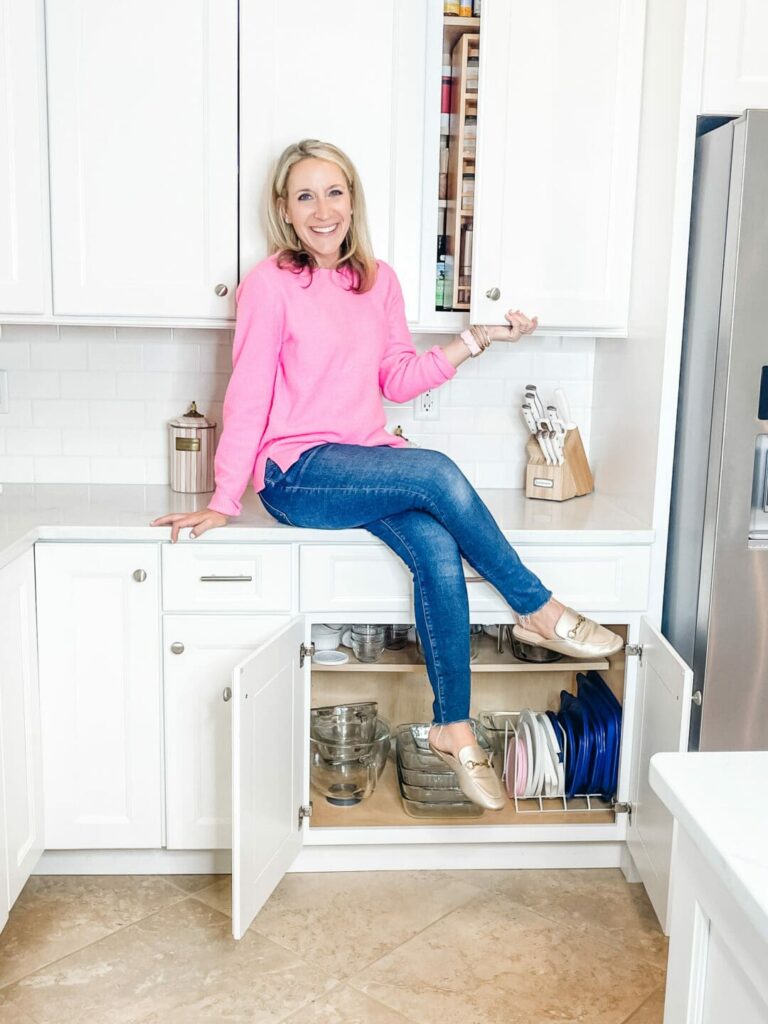
Okay, that’s it. Those are just a few of my favorite tips and tricks for decluttering a space, especially when you encounter obstacles and can’t decide whether to part with or keep something. I think if you implement these tips, you will find it beneficial. Decluttering doesn’t have to be complicated—these tips make it simple, approachable, and even fun! Whether you tackle one small area or take on your entire home, the key is to start and stay consistent.
Don’t forget to check out my favorite decluttering tools and organizers on my Amazon storefront to help you along the way. Let’s make your home a clutter-free haven together!
Watch on YouTube!
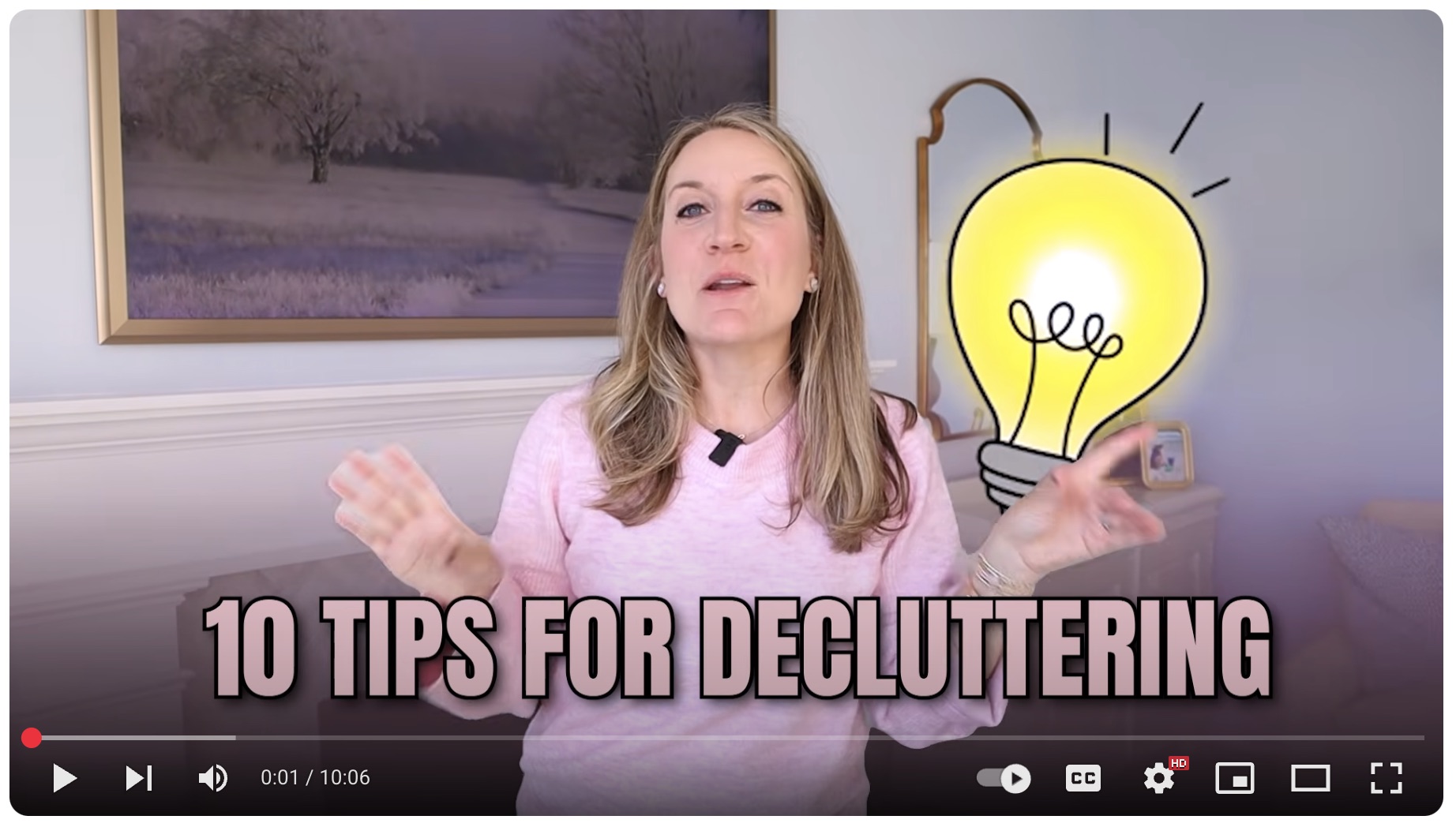
Pin for Later!
